Module 2: Basic Terminology
This module will cover basic dam components and key terminology that is used for dam design, engineering, and construction. It is important to understand these terms when speaking to other owners, operators, and your dam safety officer.
The following diagrams and definitions pertain to earth fill embankment dams, which are dams constructed of excavated natural materials.
Below is a diagram example of a typical earth fill embankment dam:
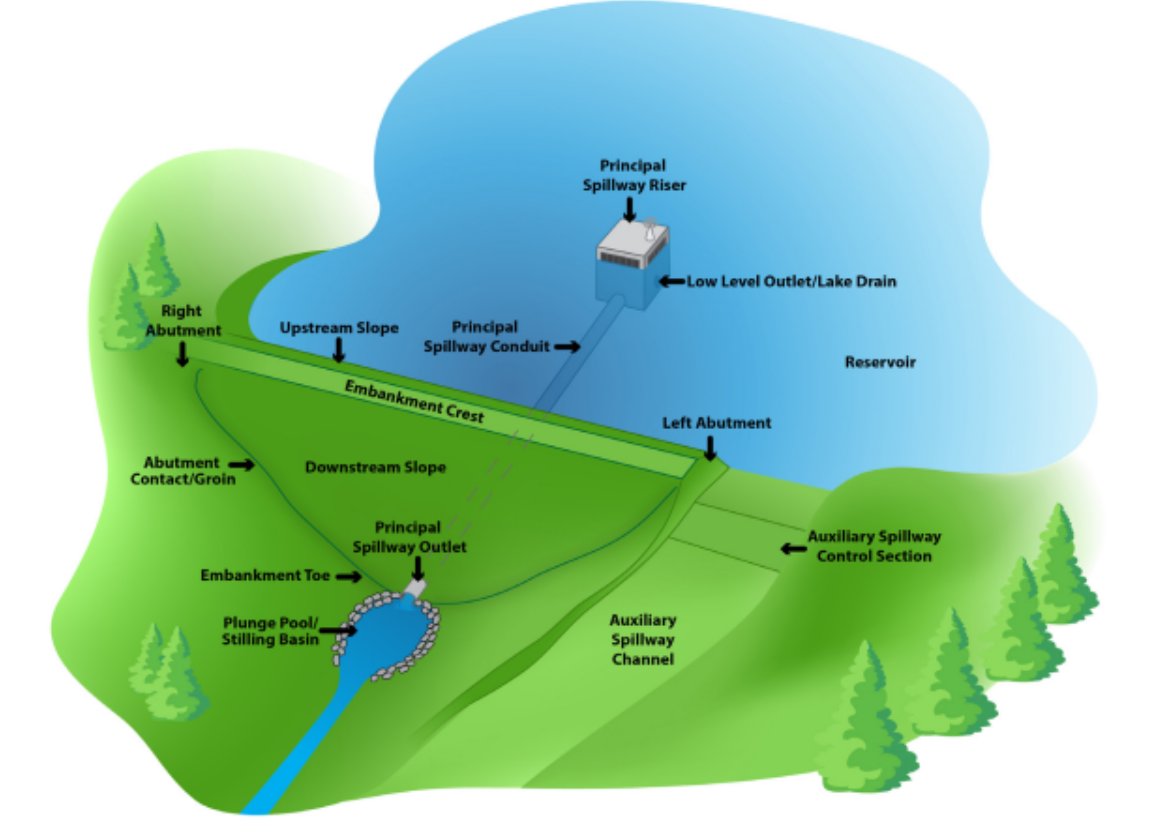
Key Terms:
*It is important to note that in Canada, we refer to the conduit as the pipe going through the dam (as opposed to a principal spillway as depicted in this diagram). Whereas, the channel constructed off the embankment to relieve water from the dam, is referred to as a spillway.
ABUTMENT: The part of the valley side against which the dam is constructed. An artificial abutment is sometimes constructed, as a concrete gravity section, to take the thrust of an arch dam where there is no suitable natural abutment. The left and right abutments of dams are defined with the observer viewing the dam looking in the downstream direction, unless otherwise indicated.
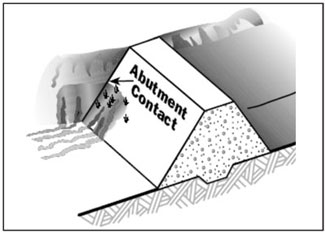
CREST: The elevation of the uppermost surface of a dam, usually a road or walkway, excluding any parapet wall, railings, etc.
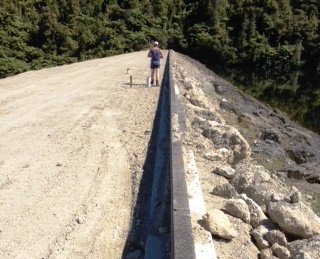
SPILLWAY: A structure over or through which flow is discharged from a reservoir. If the rate of flow is controlled by mechanical means, such as gates, it is considered a controlled spillway. If the geometry of the spillway is the only control, it is considered an uncontrolled spillway
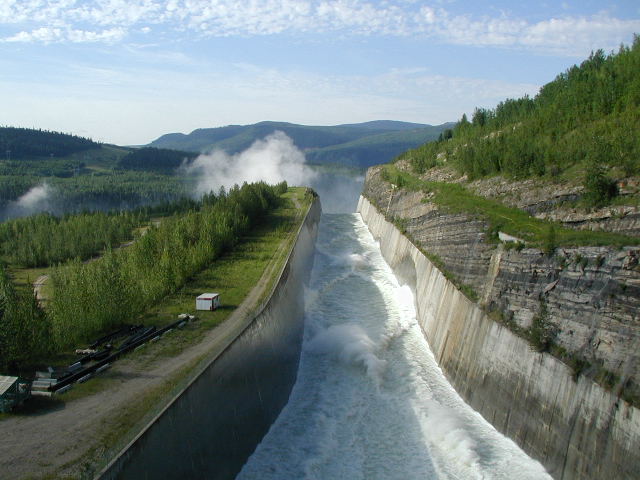
RESERVOIR: A body of water impounded by a dam and in which water can be stored.
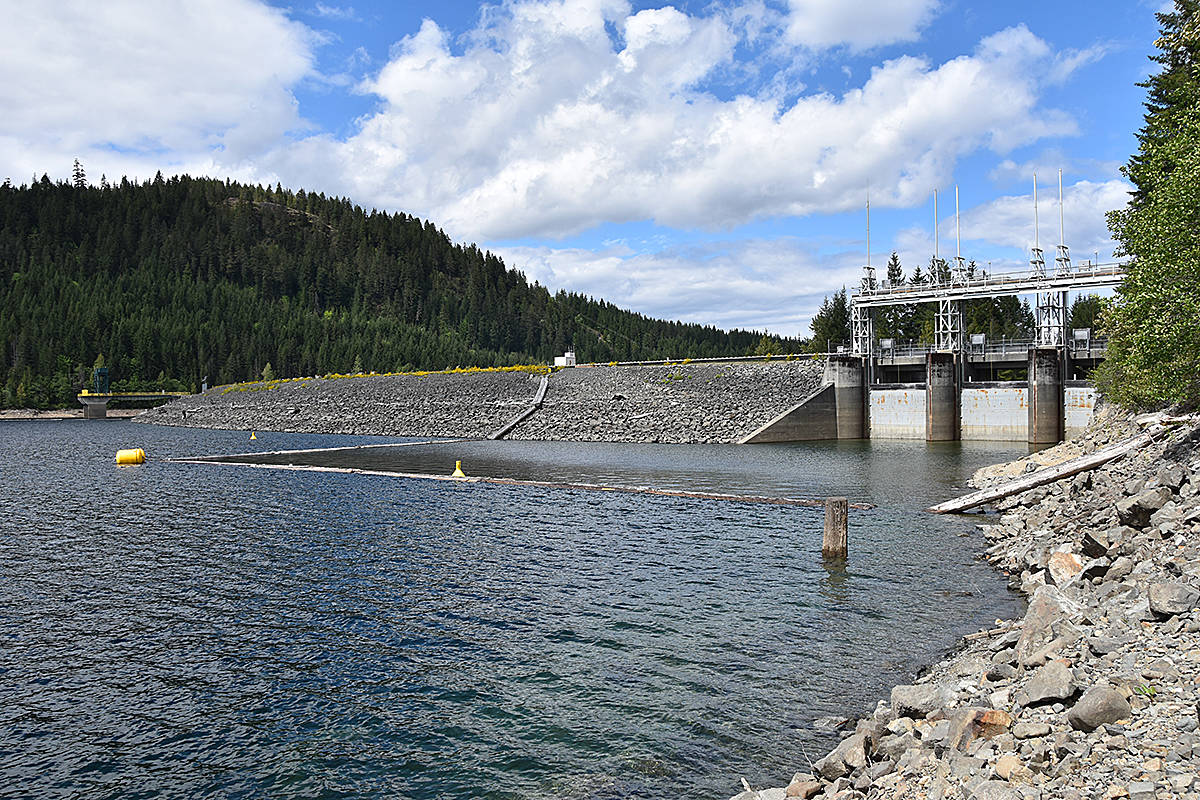
DRAIN, TOE: A system of pipe and/or material along the downstream toe of a dam used to collect seepage from the foundation and embankment and convey it to a free outlet.
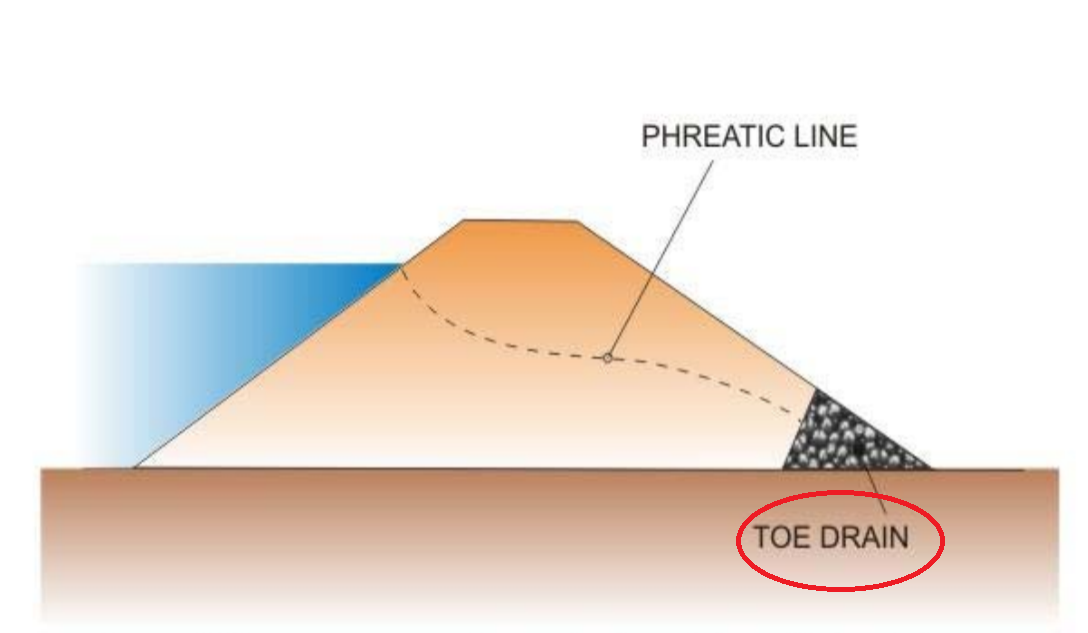
SLOPE: Upstream and downstream face of the dam, where there is Inclination from the horizontal.
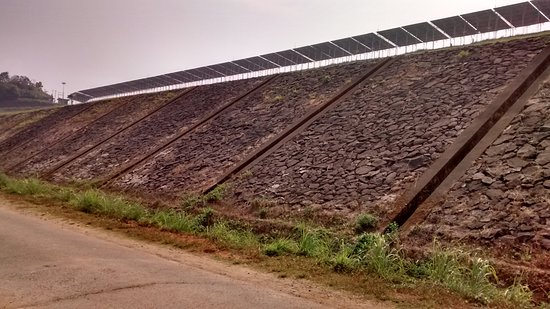
CONDUIT: A closed channel to convey water through, around, or under a dam.
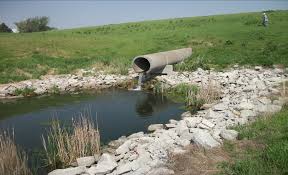
BREACH: An opening through a dam that allows the uncontrolled draining of a reservoir. A controlled breach is a constructed opening. An uncontrolled breach is an unintentional opening caused by discharge from the reservoir. A breach is generally associated with the partial or total failure of the dam.
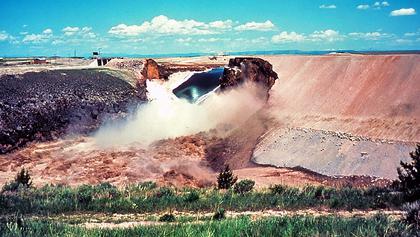
DAM FAILURE: Catastrophic type of failure characterized by the sudden, rapid, and uncontrolled release of impounded water. It is recognized that there are lesser degrees of failure and that any malfunction or abnormality outside the design assumptions and parameters that adversely affect a dam’s primary function of impounding water is considered a failure. These lesser degrees of failure can progressively lead to or heighten the risk of a catastrophic failure. They are, however, normally amenable to corrective action.
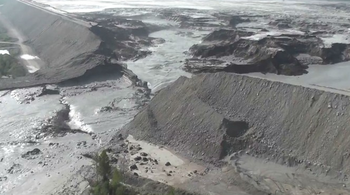
FOUNDATION: The portion of the valley floor that underlies and supports the dam structure.
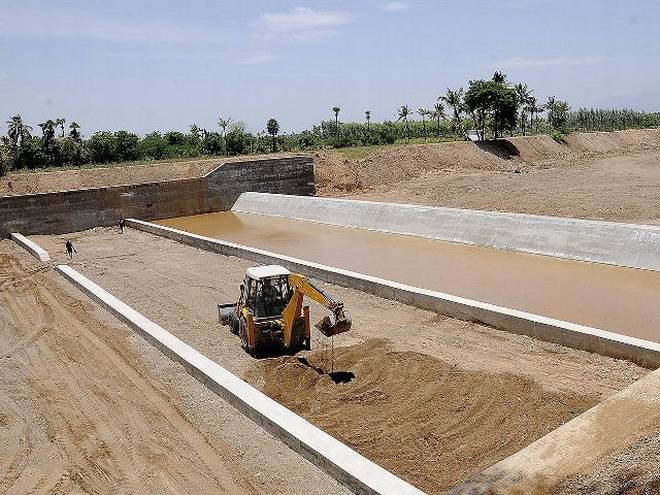
FREEBOARD: Vertical distance between a specified still water reservoir surface elevation and the top of dam.
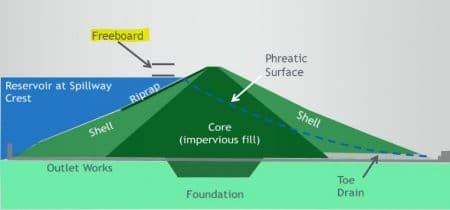
OUTLET: An opening through which water can be freely discharged from a reservoir to the river for a purpose.
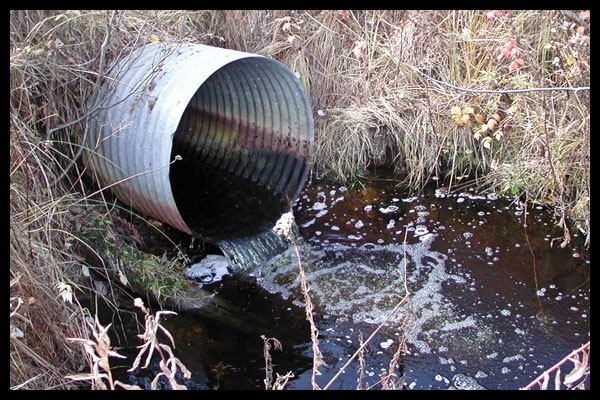
OUTLET GATE: A gate controlling the flow of water through a reservoir outlet.
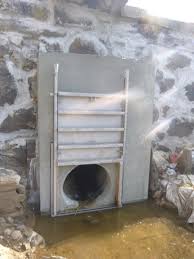
INTAKE: Placed at the beginning of an outlet-works waterway (power conduit, water supply conduit), the intake establishes the ultimate drawdown level of the reservoir by the position and size of its opening(s) to the outlet works. The intake may be vertical or inclined towers; drop inlets; or submerged, box-shaped structures. Intake elevations are determined by:
- the head needed for discharge capacity,
- storage reservation to allow for siltation,
- the required amount and rate of withdrawal, and
- the desired extreme drawdown level.
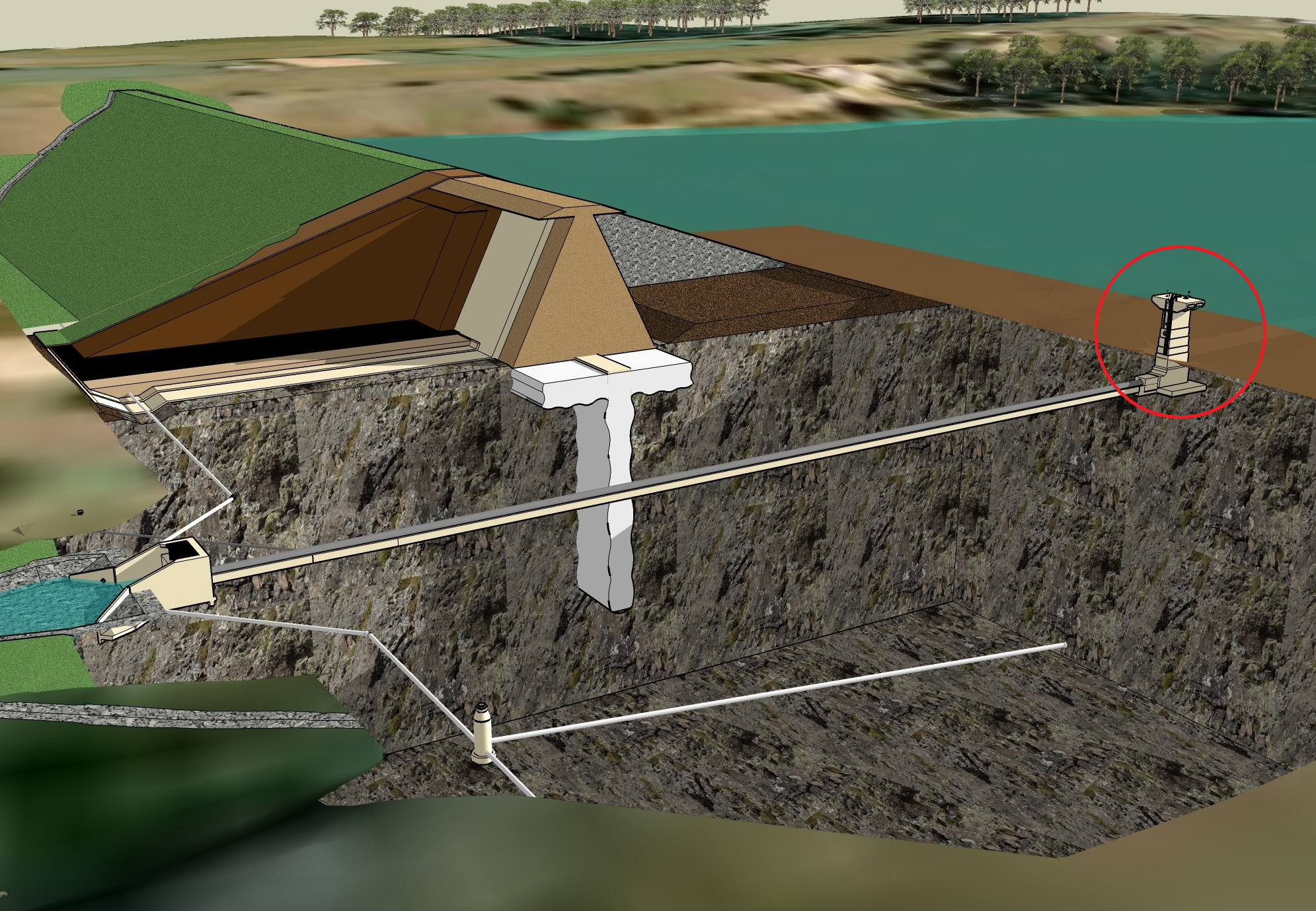
PHREATIC SURFACE: The free surface of water seeping at atmospheric pressure through soil or rock.
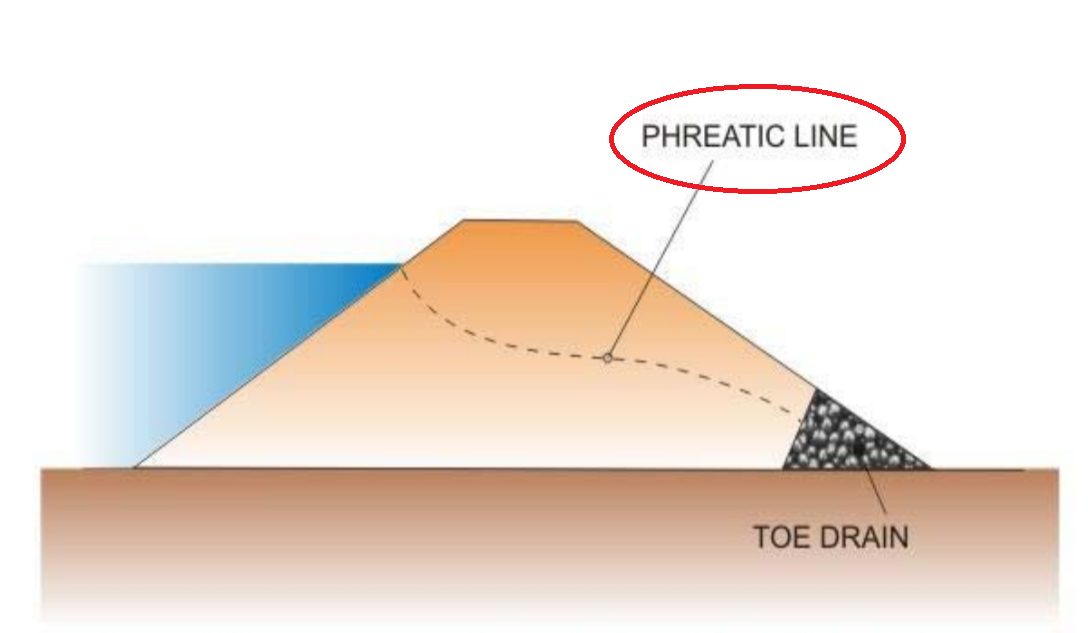
PIPING: The progressive development of internal erosion by seepage.
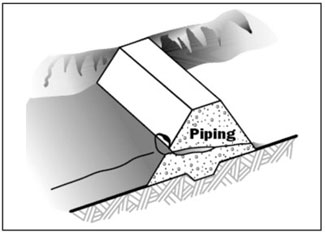
RIPRAP: A layer of large stone, precast blocks, bags of concrete, or other suitable material, generally placed on the slope of an embankment or along a watercourse as protection against wave action, erosion, or scour. Riprap is usually placed by dumping or other mechanical methods, and in some cases is hand placed. It consists of pieces of relatively large size, as distinguished from a gravel blanket.
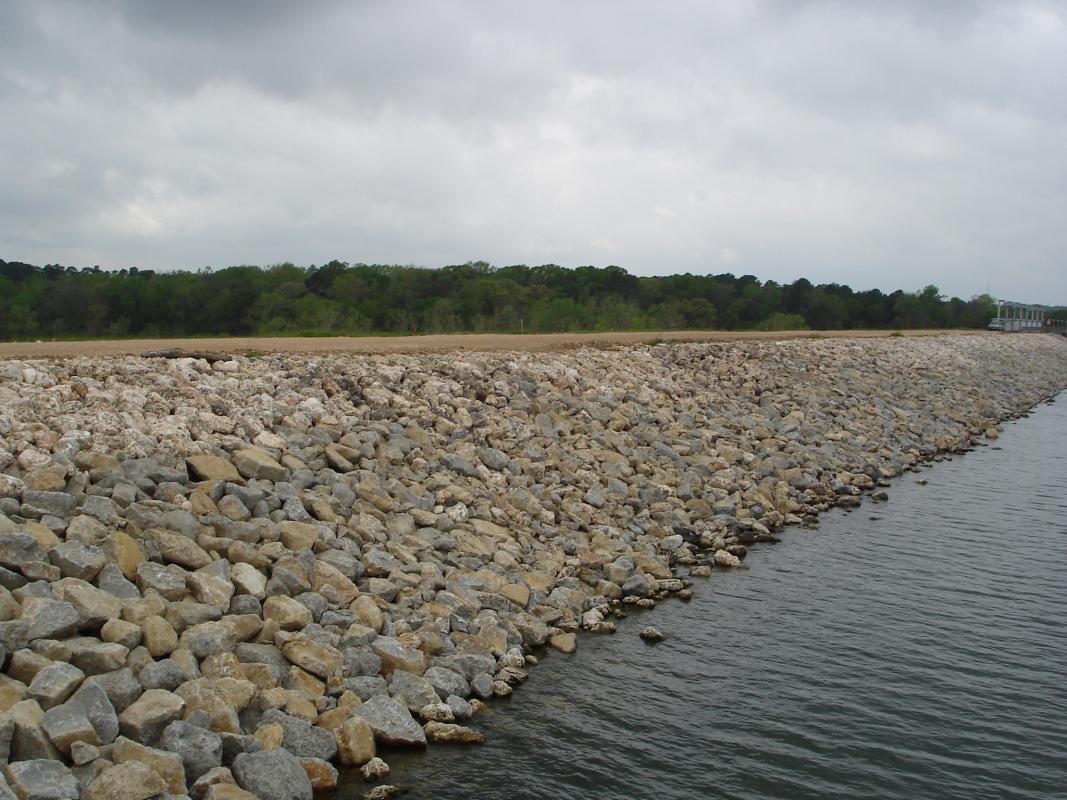
SEEPAGE: The internal movement of water that may take place through the dam, the foundation, or the abutments.
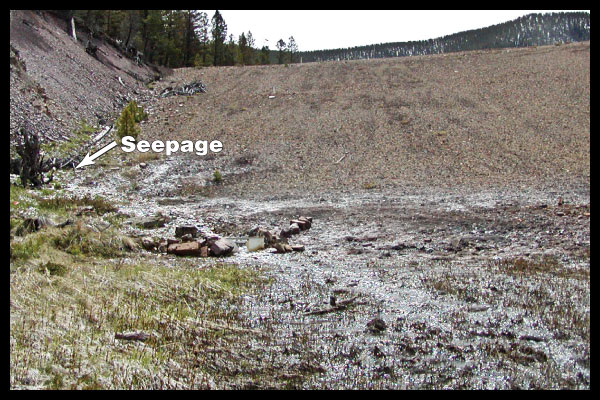
The definitions above cover a wide and broad range of terms that are commonly used in the dam safety world. There are more terms and definitions that can be found in the BC Dam Safety Inspection and Maintenance Manual, as well as the BC Dam Safety Pocketbook Guide.
